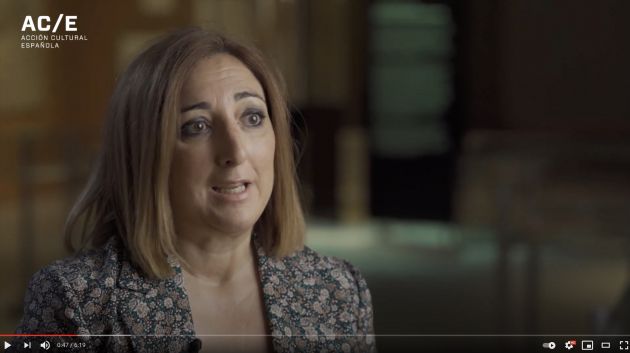Prehistoric art has been recognized by UNESCO through the protection of a longstanding relationship of rock art sites around the world. Spain is one of the countries with the highest number of declared sites in this field. Since the pioneering declaration of the Altamira Cave (1985), later expanded to many of the caves with Palaeolithic art on the Cantabrian coast (2008), passing through the enormous list of sites in the Mediterranean arch with shelters of Levantine and schematic art (1998 ), completed with the cross-border declaration formed by the Côa Valley in Portugal (1998) and the Siega Verde area of Salamanca (2010), until the very recent declaration of the Cultural Landscape of the Risco Caído and sacred mountains of Gran Canaria (2019).

Prehistoric Art, from the Rock to the Museum
Prehistoric art has been recognized by UNESCO through the protection of a longstanding relationship of rock art sites around the world. Spain is one of the countries with the highest number of declared sites in this field. Since the pioneering declaration of the Altamira Cave (1985), later expanded to many of the caves with Palaeolithic art on the Cantabrian coast (2008), passing through the enormous list of sites in the Mediterranean arch with shelters of Levantine and schematic art (1998 ), completed with the cross-border declaration formed by the Côa Valley in Portugal (1998) and the Siega Verde area of Salamanca (2010), until the very recent declaration of the Cultural Landscape of the Risco Caído and sacred mountains of Gran Canaria (2019).





